American Companies Call for Tariff Removal, but Washington and Beijing Dig In
Input
Changed
48% of U.S. Companies in China Call for Tariff Removal U.S. Commerce Secretary: "Tariff Measures Will Benefit America in the Long Run" Rising Tensions Reignite — Is the U.S.–China Trade War Making a Comeback?
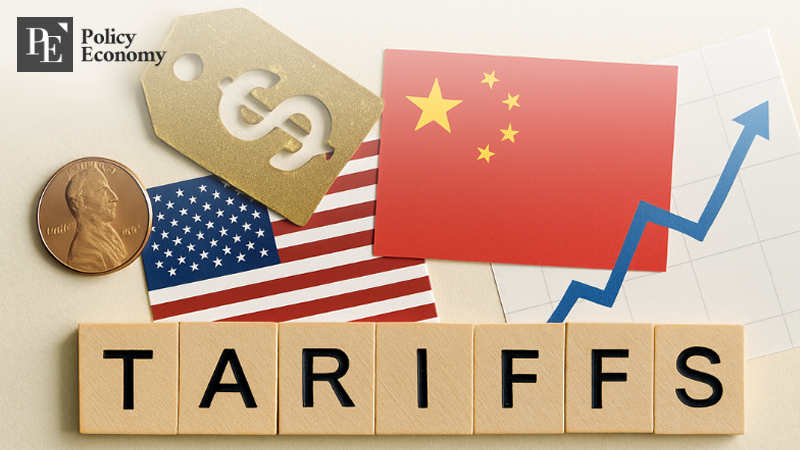
U.S. companies operating in China are voicing calls for the removal of tariffs imposed under former President Donald Trump. Rather than pursuing reshoring—the return of overseas operations back to the United States—many firms are choosing to remain in the Chinese market, waiting for an improved trade environment.
No Reshoring for U.S. Firms
According to the American Chamber of Commerce in Shanghai’s annual China Business Report released on the 10th, nearly half of U.S. companies operating in China are calling for the complete removal of tariffs and non-tariff barriers. The survey, conducted from May 19 to June 20, covered 254 American firms. In April, former President Donald Trump declared a “Day of Liberation” and raised tariffs on Chinese imports by more than 100% in retaliation for Beijing’s countermeasures. Following a tense standoff, both sides agreed in May to temporarily scale back a portion of tariffs, later extending that deal by 90 days in August.
What stands out is that instead of opting for reshoring, many U.S. firms are staying in the Chinese market and pressing for tariff elimination. A July survey by the U.S.–China Business Council showed that about two-thirds of U.S. companies in China intend to maintain their planned investments. Despite tariff pressure, more than half of these companies have chosen to “hold their ground” in China.
Executives see remaining in China as the least risky option amid policy uncertainty from Trump’s tariff strategy. His measures also hit alternative production hubs in Southeast Asia, undermining their appeal. Vietnam, Cambodia, and Indonesia now face mutual tariffs of around 19–20%, nearly on par with the 30% tariffs temporarily applied to China. India—once touted as the leading “post-China” option—has been hit with tariffs as high as 50%.
The lack of U.S. capacity to support reshoring adds to the problem. Cameron Johnson, senior partner at supply chain consultancy Tidalwave Solutions, noted, “The United States does not have the ecosystem, workforce, tax incentives, or financial resources to make reshoring a reality.”
Trump Administration’s Blueprint
Despite mounting calls from U.S. businesses, the chances of tariff removal remain slim. The Trump administration continues to defend tariffs as a policy designed squarely for America’s benefit. On the 7th, U.S. Commerce Secretary Scott Besant told NBC that “you can’t just snap your fingers and have factories built,” stressing that tariff policy will strengthen U.S. competitiveness in the long run. He argued that the measures could bolster domestic manufacturing and generate new construction and factory jobs.
Besant added that Trump’s economic policies have only been in place for a few months and that he expects “substantial acceleration” in the fourth quarter. He projected that the effects would become visible by year’s end, with tariff revenues climbing. According to Treasury Department data on “Customs and Certain Excise Taxes,” U.S. tariff revenues this year have already reached $183 billion.
The Commerce Secretary has also highlighted the utility of tariffs in debt repayment. U.S. federal debt now stands at $37.18 trillion, surpassing $37 trillion less than a year after crossing $36 trillion last November. On top of that, the passage of Trump’s flagship legislative package, the One Big Beautiful Bill Act (OBBBA)—a reflection of his campaign pledges and core policy agenda—is expected to widen the fiscal deficit by an additional $3.4 trillion over the next decade.
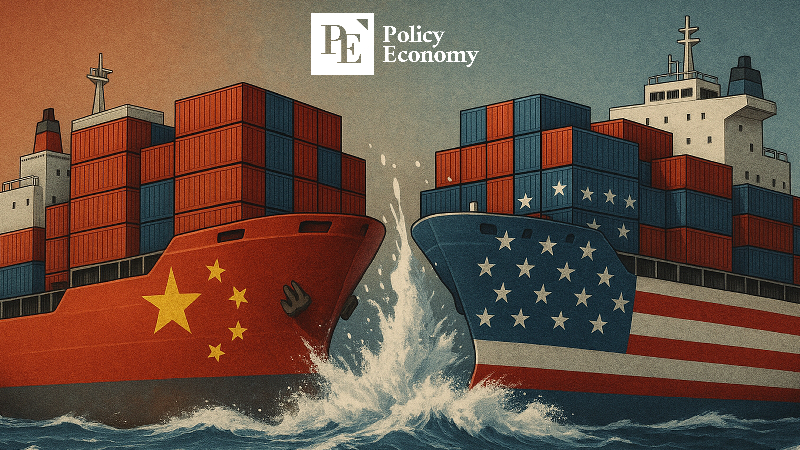
China Strikes Back with New Tariffs
As the Trump administration maintains its hardline stance on tariffs, Beijing has begun to revert to a tougher posture of its own. Just last month, China’s Ministry of Commerce announced it would suspend the enforcement of penalties against 17 U.S. firms previously blacklisted as “unreliable entities” and grant an additional reprieve for export controls on dual-use items involving 28 more U.S. companies. In effect, 45 American firms were temporarily freed from retaliatory measures.
That tone shifted dramatically after the 80th Victory Day military parade on the 3rd. The following day, China notified Washington that it would impose anti-dumping duties of up to 78.2% on certain U.S.-made specialty optical fibers used in submarine cables and long-haul high-speed communications. The tariff range spans from 33.3% to 78.2%. The move followed China’s high-profile show of unity with leaders from North Korea, Russia, and others at the parade—signaling a renewed anti-U.S. front in both politics and trade.
The U.S. responded swiftly. Immediately after the parade, Washington sanctioned Guangzhou Tengwei Chemical and two of its executives, accusing them of involvement in the production and distribution of synthetic opioids—the precursor chemicals for fentanyl. With fentanyl abuse already a severe domestic crisis, the U.S. has long pointed to China as the primary source of synthetic fentanyl supplies.

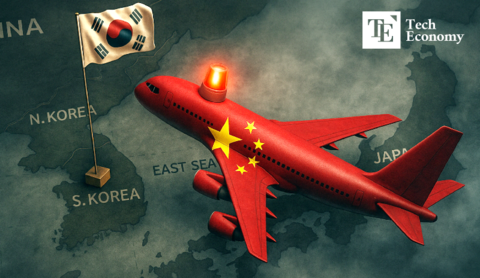
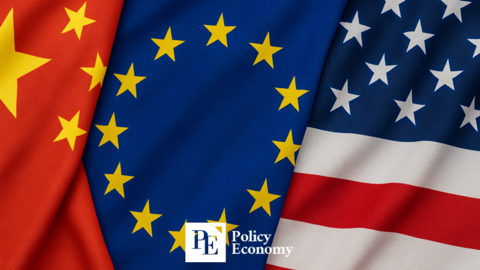
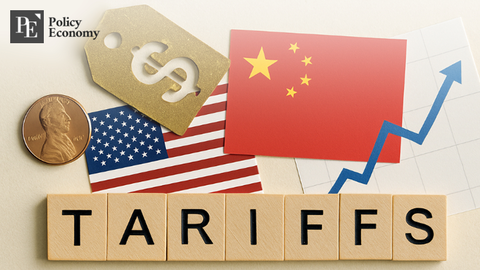




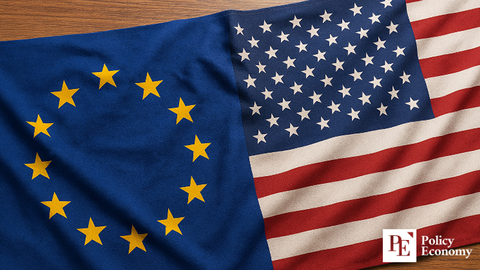
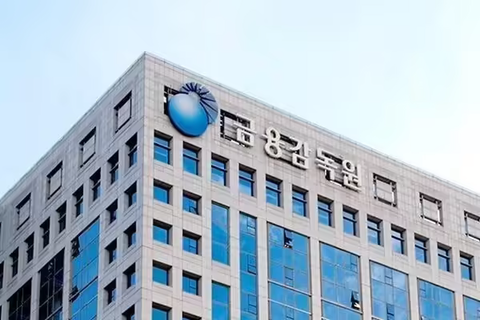












Comment